Our student - Bharkbhoom Jaemsai

Bharkbhoom Jaemsai
Under the supervision of Aiewsakun, Jaemsai’s research focuses on the evolutionary history of Mycobacterium tuberculosis Lineage 4 (Mtb L4), which affects human worldwide. He analyzes a comprehensive dataset of whole-genome sequences of Mtb L4 collected across the globe to trace the global transmission history of the bacteria since its emergence. Findings from his research could help fill gaps in our understanding of the evolutionary history of the bacteria, and may provide insights into its potential future epidemiological trajectory.
From ancient data to modern insights
As an obligate pathogen, Jaemsai explains that the transmission of Mtb is intimately linked with human activities. His study of Mtb L4, however, goes beyond understanding its dependence on humans. Amassing a database comprising thousands of Mtb L4 genomes from across the globe, spanning over 300 years of the bacteria epidemiological data dating back to the 17th century, Jaemsai’s research offers profound insights. Notably, his analysis revealed a South Asian origin for Mtb L4, challenging other studies that suggested European roots.
Employing an interdisciplinary approach to his study
Jaemsai’s work highlights the interplay between the bacteria and its host in shaping their co-evolutionary history. His findings relate the timing and patterns of the bacterial transmission to the global history of mankind. His results further suggest that early transmission of the bacteria between the 15th and 16th centuries happened among the Old World regions likely through historical trade routes, before further spreading to the New World regions during the 17th century, which was likely driven by European exploration and colonization. In the more recent times, beginning from the 19th century, he found a more extensive transmission of the bacteria that could partly be explained by anthropological changes such as population surges, industrialization, rapid urbanization, and the introduction of modern medicine like antibiotics.
Fascinated by history, Jaemsai relishes on how his research intersects with the past, using it as an avenue to explore historical accounts. The inherent nature of his study not only allows him to investigate Mtb, but also fulfills his curiosity about the history of humanity. He says that this prompts a broader perspective across multidisciplinary fields and a more comprehensive interpretation of biological data.
The motivation for mitigation
Understanding the past holds the key to overcoming future challenges, and this principle applies to one of the deadliest pathogens in the world, Mtb. Jaemsai elaborates that examining the history of Mtb L4 reveals how the transmission history of the bacteria could have been shaped by historical events, leading to the global widespread distribution of Mtb L4 that we observe today. He further explains that there are variations in the geographical distribution of different Mtb L4 sub-lineages – some are found to have broader global distributions, while others are found to be more restricted to specific regions.
Jaemsai emphasizes that further investigation is still required to better understand both bacterial and host factors that could contribute to the differences of the bacterial transmission dynamics in both the broad global context as well as in more localized settings. Ultimately, he asserts that this understanding could guide the development of effective interventions for mitigating the burden of the pathogen.
Jikka Nealiga

